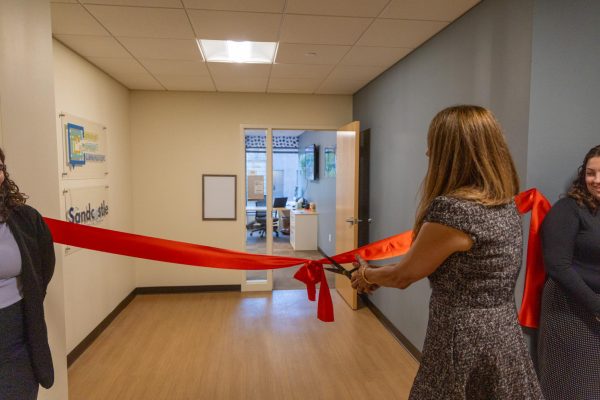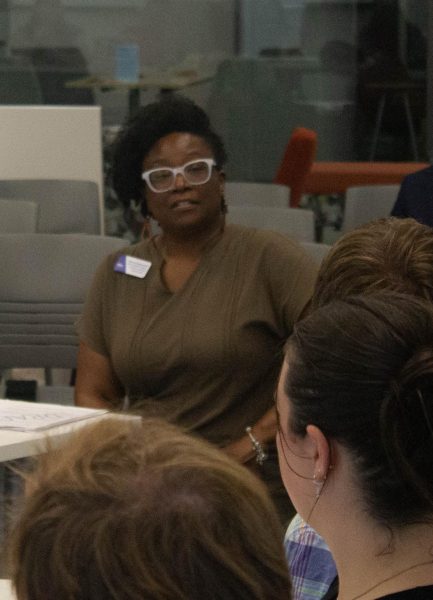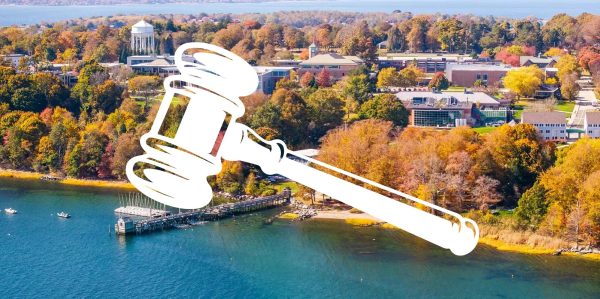University adds parking spots, plans for Bayside IV
By Jacquelyn Voghel | Editor-in-Chief
As students express concerns that the campus population is outgrowing its resources, the university is currently establishing new parking spaces and planning to break ground on a fourth Bayside facility in October.
Within the next 10 days, 33 new, paved parking spaces with gravel overflow will be completed on North Field, said Vice President of Student Life John J. King.
The new Bayside building, thus far referred to as the Bayside 400s, is slated to open in fall 2018, pending approval from the Bristol zoning board. The building will accommodate 40 beds.
The facility is also expected to have an effect on parking; because the new Bayside will be established between C and E lot, parking spaces may be temporarily obstructed by its construction area.
By the time that the Bayside 400s are completed, however, King expects that the university will net 15 new parking spots, as plans are currently in place to install spots behind Bayside by the end of the semester.
At a Monday, Sept. 25 Student Senate meeting, King said that parking has been the top issue that students have brought up with him this year.
Senior Maria Batas expressed frustration over the current parking situation.
“Parking here is unbelievable,” she said.
Batas makes frequent use of her car to travel between RWU and her off-campus job, often experiencing difficulty finding a parking space when she arrives back on campus.
She added that the new parking spaces are a necessary addition and suggested that the university further utilizes North Field to create more spaces going forward.
“[The university] basically has to make more parking, especially if they’re bringing in more students,” Batas said.
This year’s freshman class has been the third largest in the university’s history, although it was “planned to come in at this level” due to lower admission yields in other years, King said.
The current sophomore class, however, is the largest on record, which both King and Director of Housing Tony Montefusco stated was unintentional.
“We accept a certain amount of students with the expectation that a certain amount will accept us,” Montefusco said. “Last year, a lot more accepted us than we anticipated, which is a good and bad problem to have.”
King and Montefusco agreed that the impact of this historically large class will become more apparent as sophomores begin to consider where they will live next year.
While current students should not have difficulty securing on-campus residency, the university no longer guarantees four year housing for the incoming class, Montefusco said.
On the possibility of returning to a four year housing guarantee, Montefusco stated that increasing the university’s retention rate and in turn decreasing its acceptance rate could be influential factors in “how [the university] looks at housing.”
For now, Montefusco plans to approach the Bayside 400s with “a very aggressive timeline”; if construction goes as planned, the building will be complete in fall 2018.






